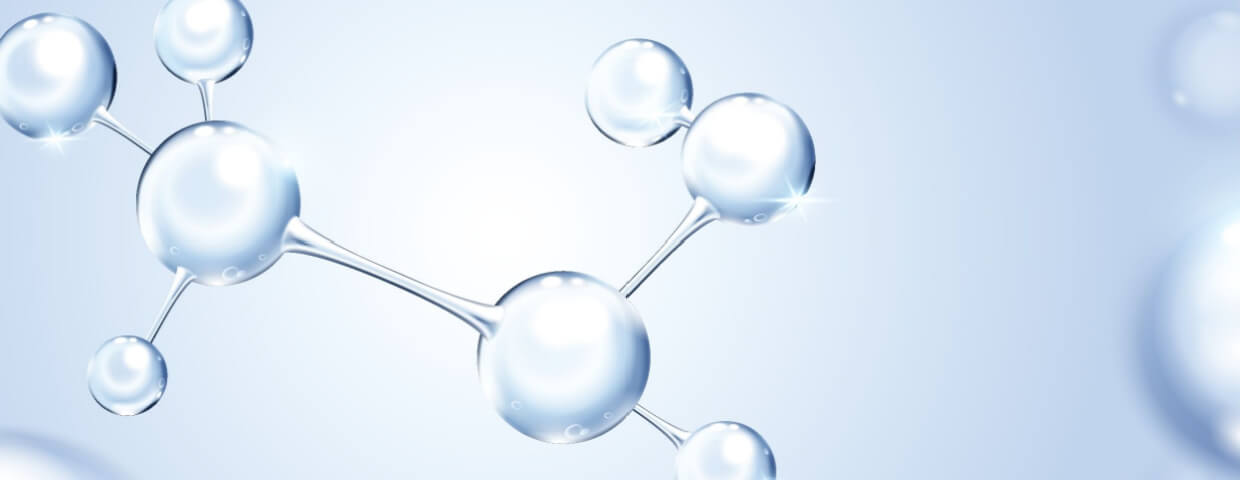
Recover faster with peptide therapy! Here are three game-changing peptides shown to help aid in recovery post-injury or surgery.
IGF-1 LR3
Insulin-like growth factor 1 (IGF-1) plays a vital role in muscle regeneration. It can reduce age-related loss of muscle function and cause muscle hypertrophy (growth) when overexpressed. These effects are due to promoting the growth and differentiation of satellite cells, as well as recruiting bone marrow stem cells to regions of damaged muscle tissue.
How it Helps
We know that IGF-1 and growth hormone (GH) are involved in many physiologic functions in the body. They also promote healing and repair in bone, cartilage, gastric ulcers, muscle, skin, ligaments, and tendons. GH and IGF-1 directly affect the cells involved in the healing response. Insulin-like growth factor-I also stimulates fibroblast synthesis of extracellular matrix (ECM) molecules such as proteoglycans and type I collagen.
Studies have shown a positive relationship between IGF-1 and wound healing. The effects IGF-1 has on tissue regeneration, wound epithelialization, and enabling wound bed contraction means that wounds heal better and faster, and it can be beneficial in dealing with the healing of challenging wounds.
Several other studies have shown that IGF-1 contributes to the repair of various tissues, including the repair of skeletal muscle and myocardial tissue.
Key Takeaways
It’s easy to see the many benefits of Insulin-like Growth Factor 1. It facilitates protein synthesis, increases the regenerative properties of the body’s tissues, upregulates antioxidant benefits and ligament strength, and boosts hyperplasia in muscle cells.
By promoting the growth of key cells and enhancing tissue regeneration, it contributes to faster healing, reduced muscle loss, and increased muscle growth. Its effects extend to various body tissues, supporting overall healing and tissue repair.
IGF-1 can be beneficial for individuals looking to enhance their muscle recovery, reduce age-related muscle loss, and promote muscle growth. Athletes, bodybuilders, and those recovering from injuries or surgeries could find value in using IGF-1 to support their healing and tissue regeneration processes. It's important to consult with a medical professional before considering any form of therapy, including IGF-1.
TB500
Thymosin Beta-4 and TB500 are, in essence, functionally the same. TB500 is a synthetic fragment of that protein, and it is responsible for targeted tissue healing in muscles and connective tissue. It is an essential component of cell structure and movement, which leads to its role in tissue repair. TB500 has been found to play an important role in the protection, regeneration, and remodeling of injured or damaged tissues.
How it Helps
The ability of TB500 to upregulate the cell-building protein Actin contributes to forming the contractile filaments of muscle cells. Upregulating actin allows TB500 to promote healing, cell growth, cell migration, and cell proliferation. This helps build and create new blood vessel pathways while at the same time promoting the good type of inflammation that is directly responsible for faster wound healing.
The primary driver of blood vessel growth is a hormone called vascular endothelial growth factor (VEGF). TB500 directly increases the production of VEGF. A robust supply of blood vessels is necessary to deliver immune and repair cells to a site of injury. Research shows that responsive blood vessel growth is necessary for all types of wound repair—including musculoskeletal, cardiovascular, and neurological injuries.
Because of its low molecular weight, TB-500 is very versatile and mobile, and it can travel to the injury site. Targeting injured areas enhances healing, tissue repair, and the growth of new blood cells in damaged tissue. At the same time, TB500 prevents the formation of adhesions and fibrous bands in muscles, tendons, and ligaments.
Key Takeaways
TB-500, a synthetic fragment of Thymosin Beta-4, is a powerhouse for tissue repair. It drives the growth of new blood vessels, supporting immune response and delivering repair cells to injury sites. By upregulating Actin and promoting cell growth, migration, and proliferation, TB-500 enhances healing, aids in the creation of new blood vessel pathways, and accelerates wound recovery.
It's a versatile aid in targeted tissue healing, making it valuable for those seeking to support recovery from injuries, surgeries, and overall tissue repair. Remember, before considering any form of therapy, including TB-500, consult with a medical professional.
BPC 157
Research has shown BPC 157 to have considerable biological healing properties. BPC 157, a derivative of body protection compound (BPC), affects the growth and migration of fibroblasts, the cells responsible for extracellular matrix repair.
How it Helps
Studies of healing tendons show increased levels of bFGF, EFG, and VEGF following the administration of BPC 157. A wound will heal faster when exposed to higher levels of these growth factors. BPC 157 also works on growth hormone (GH) receptors. Evidence from in vivo experiments shows that BPC 157 dramatically increases the number of GH receptors on tendons. We know that Growth hormone can speed up wound healing and increase musculoskeletal development.
The formation of new blood vessels is a process called angiogenic repair. This results in more oxygen and energy being delivered to the injured area, which promotes faster recovery. As mentioned above, the primary driver of blood vessel growth is a hormone called vascular endothelial growth factor. We know that TB 500 directly increases the production of VEGF. BPC 157 complements this by increasing the number of available VEGF receptors. Both peptides help stimulate the growth of new blood vessels in slightly different ways.
It can accelerate wound healing (muscle, ligament, tendon, nerve), decrease inflammation, decrease pain, increase growth hormone receptors, and promote new tendon fibroblast growth. BPC 157 can accelerate the healing of almost any injury – internal or external. It is an important piece of the post-injury treatment protocol and should be considered in the recovery from any post-surgical procedure or injury.
Key Takeaways
BPC 157, a healing powerhouse derived from body protection compounds (BPC), is your body's natural repair booster. Think of it as your go-to tool for fast-tracking healing, whether from muscle strains, ligament injuries, or surgeries.
By amping up fibroblasts, the repair workers of your body, BPC 157 turbocharges tissue rebuilding. This peptide's special touch accelerates wound and injury healing, making it a valuable aid for athletes, post-surgery recovery, and anyone seeking swift tissue repair.
As you consider BPC 157 therapy or any other treatment, remember to consult a healthcare professional to ensure the best outcomes for your health and healing journey.
WORK HARD, PLAY HARD, RECOVER FASTER
If you have additional questions about peptide therapy or would like to know more about these peptides, call 480-839-4131 to schedule your consultation with one of our licensed physicians at transformyou today. You can also fill out our contact form, and we'll be in touch.
All patients always work directly with one of our licensed physicians to ensure patient safety and confidentiality.
Read next in Peptide Therapy
Medically reviewed by Dr. Robb Bird, NMD FAARM
Medical Director, Transformyou


